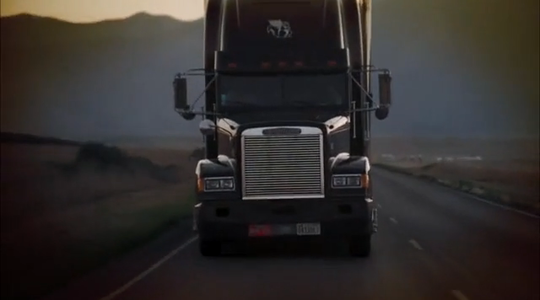The FMCSA Definition of a Commercial Motor Vehicle
The Federal Motor Carrier Safety Administration (FMCSA), the agency responsible for regulating the trucking industry, defines a “commercial motor vehicle (CMV)” as any self-propelled or towed vehicle used on public highways in interstate commerce to transport passengers or property when it meets at least one of these criteria:
- A gross vehicle weight rating (GVWR) or gross combination weight rating (GCWR) of 10,001 pounds or more.
- It is designed or used to transport 9 or more passengers (including the driver) for compensation.
- It is designed or used to transport 16 or more passengers (including the driver), even if not for compensation.
- It is used to transport hazardous materials requiring placards under federal law.
Under this definition, it's not only 18-wheelers that are classified as “commercial trucks” but also buses, delivery vans, and other specialized vehicles used for commercial purposes. Because a vehicle only needs to meet one of the above criteria, many smaller trucks and similar vehicles are technically classified as commercial trucks.
Types of Commercial Trucks
Commercial trucks come in many forms, each with a different purpose and risk profile. They are generally divided into three categories: light-duty, medium-duty, and heavy-duty vehicles.
Light-Duty Trucks (GVWR under 10,000 pounds)
Light-duty trucks are often similar in size to large passenger vehicles. They include:
- Pickup trucks used for construction or landscaping businesses
- Delivery vans, such as those used by FedEx, UPS, or Amazon
- Utility service vehicles, like small plumbing or electrical vans
While smaller than tractor-trailers, these vehicles can still cause severe accidents, especially when driven recklessly in neighborhoods or congested city streets.
Medium-Duty Trucks (GVWR 10,001 to 26,000 pounds)
Medium-duty trucks bridge the gap between light-duty commercial vehicles and heavy-duty freight haulers.
Some examples include:
- Box trucks (also called cube vans), commonly used for moving or local deliveries
- Flatbed trucks used to transport building materials and equipment
- Large delivery trucks, such as those used by grocery or furniture companies
- Tow trucks, which haul disabled or broken-down vehicles
These vehicles are larger and more difficult to maneuver than light-duty trucks. As a result, they require additional driver training and awareness.
Heavy-Duty Trucks (GVWR over 26,001 pounds)
Heavy-duty trucks include the largest vehicles on the road. These require a commercial driver’s license (CDL) to operate.
Some common examples include:
- Tractor-trailers/18-wheelers hauling freight long distances
- Tanker trucks carrying fuel, chemicals, or other hazardous liquids
- Cement mixers and dump trucks, commonly seen on construction sites
- Car carriers transporting multiple vehicles
Because of their size and weight—sometimes up to 80,000 pounds—these trucks are capable of causing catastrophic damage in an accident.
Specialized Commercial Vehicles
Some trucks don’t neatly fit into the light, medium, or heavy-duty categories but are still classified as commercial vehicles because of their purpose.
Examples include:
- Refrigerated trucks (reefers) that transport perishable goods
- Logging trucks, which carry timber on rural highways
- Hazardous materials trucks, which require special placards and safety protocols
- Livestock trucks, which add the danger of shifting live cargo
Each of these vehicle types brings unique risks that can make collisions more severe or complicated to investigate.
Representing Victims of All Types of Commercial Truck Accidents
At Arnold & Itkin, we’ve seen firsthand how devastating commercial truck accidents can be. That’s why we fight to hold trucking companies accountable and make sure injured victims and their families get the justice and compensation they deserve. If you or someone you love was involved in an accident with any type of commercial vehicle, whether an 18-wheeler or a delivery van, our truck accident attorneys can help.
